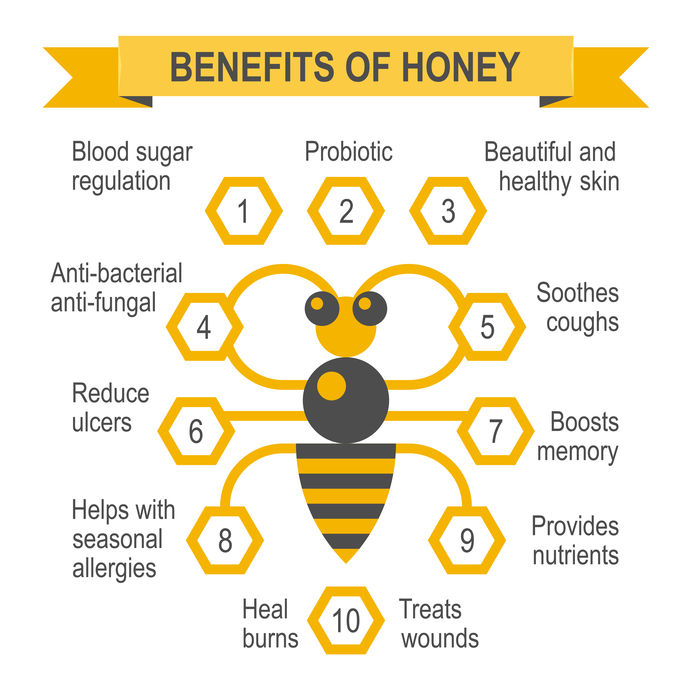Physical and Mental Benefits of Being Kind
By Jessica Heintz, DO
In a world focused on getting ahead and moving faster, perhaps the solution to many problems is to simply slow down and be nice to someone – including ourselves! Kindness is a trait that everyone is capable of but far fewer demonstrate. At the same time, people stop and take notice when they see a truly kind act demonstrated by another. Described as a “habit of giving,” kindness can produce physical, social, and psychological benefits. It puts a smile on our faces while at the same time making the world a better, brighter place. Learn about the “why” and “how” of practicing kindness in our everyday lives.
“There are three ways to ultimate success: The first way is to be kind. The second way is to be kind. The third way is to be kind.”
Mr. Rogers
The physical and mental benefits of kindness are tangible. Kind actions signal our brains to release the natural chemicals of serotonin and dopamine. Essentially, these are the “feel good” hormones. When they are low, people can experience symptoms of anxiety and depression. Helping increase the levels of serotonin and dopamine by practicing kindness can help lessen these feelings and create a “helper’s high”. Positive emotions can subsequently help reduce stress. Depending on the action, kindness can even encourage physical activity. Raking your neighbor’s leaves will not only make your neighbor smile, but it will also help you burn a few extra calories!
Kindness produces psychological benefits as well. Practicing kindness often provides perspective on life and distracts us from our own problems. It helps foster gratitude, empathy, and compassion in our minds and hearts. Kindness helps form a positive and supportive environment as well as bonds with others, thus reducing isolation and loneliness. For those struggling with mental health, as many of us do, this is an invaluable part of any mental health recovery journey. Finally, kindness allows us to engage in meaningful activities, and it can provide a sense of purpose and context in the world.
How can you start to develop this habit of giving in in your own life? It is easy. Start with yourself, then move on to others. We cannot give of ourselves if there is no excess to draw from. Always begin with self care and being kind to yourself. Do something you enjoy and learn to set limits in your life. Keep a gratitude journal, take a bubble bath, practice your golf game, watch the sunset, exercise, enjoy a glass of good wine, sleep in late (or at the very least, go to bed early). Then, try to be kind to others. The opportunities are endless. You can volunteer, mentor, or become involved in supporting a charitable cause. Practice random acts of kindness by holding a door for someone, buying a stranger’s coffee, or even simply making eye contact with another person and smiling as they walk by.
These sorts of actions may seem trickier to do in our current COVID world, but I challenge you to get creative. Write a letter to a friend, call a grandparent, leave snacks out for delivery drivers, or cook a meal for a neighbor in need to drop off at the door. Kindness to animals counts too – consider taking your dog for an extra walk. Remember, it is the intention behind an action that matters rather than the size of the gesture. When the world slowly emerges from COVID quarantine, refocusing on the value of connection to and interaction with our fellow man through kindness cannot be understated- even if it is from 6 feet apart! It feels good to do good. Now, go out and be kind!




